Home improvement in the spring is all about getting outdoors, enhancing the exterior of your home, and improving its curb appeal for the upcoming summer months and rest of the year. “Why bother with the curb appeal?”, you may ask. Well, curb appeal normally ties in with the greater enjoyment of your home, as well as better return on investment or ROI for your property.
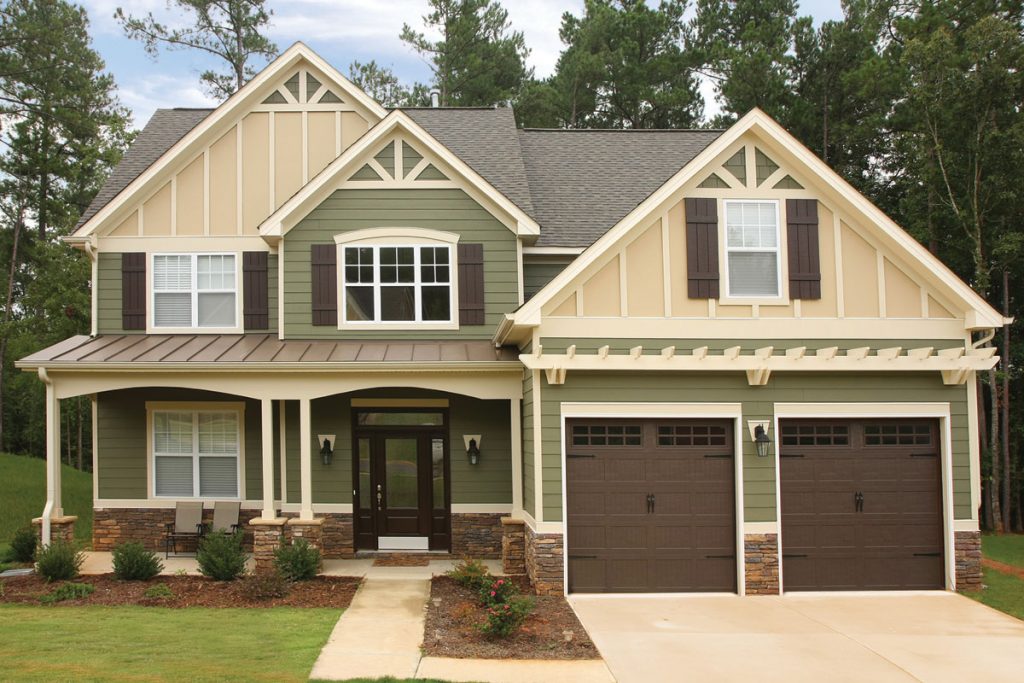
The obvious considerations are landscaping improvements. Half of our list is devoted to those type of projects and the other half are home exterior and structural improvements. In a few instances, an update or inspection may be all that is needed, but since that may lead to a significant upgrade, it has made our list.
Landscaping Improvements
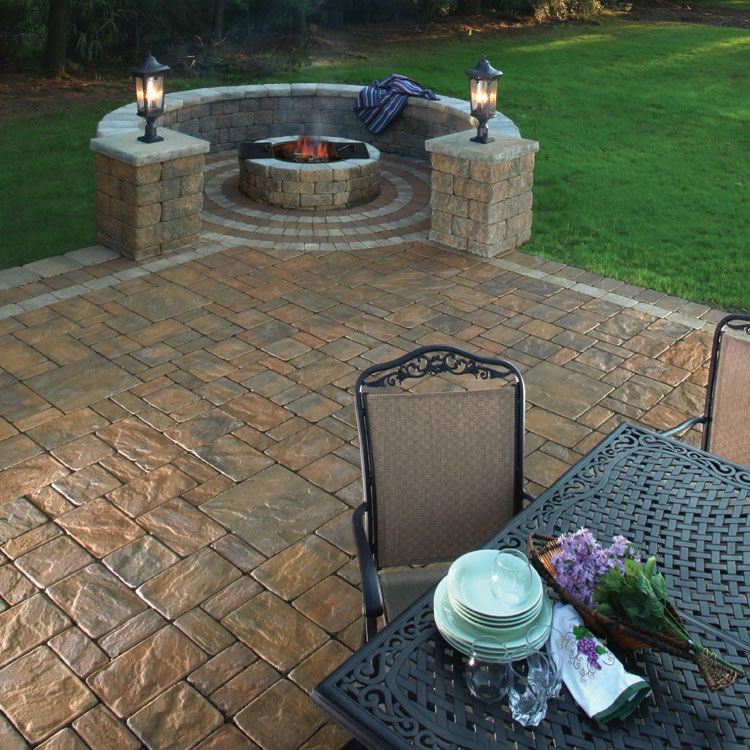
1. Improving Yard Drainage
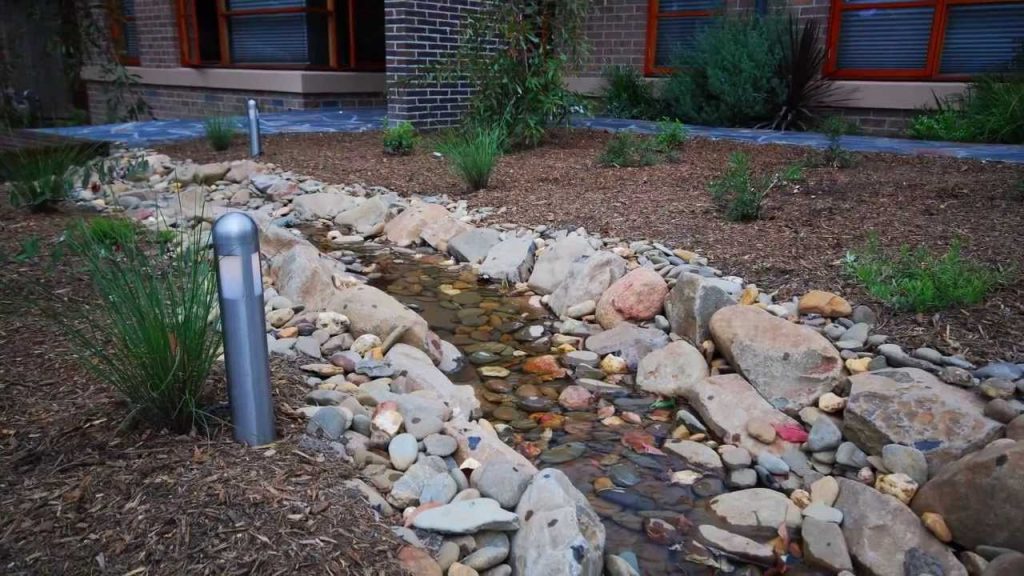 via Dry Creek Bed
via Dry Creek Bed
The need for this improvement stems from the obvious over saturation of water on your property. Soggy yards are not only hard to navigate through but can damage turf. If not addressed, the problem is likely to worsen.
The worst-case scenario occurs when water collects near your home and, over a period of time, negatively impacts your foundation, possibly leading to a leaky basement.
The solution is as simple as using gravity to slope water from one spot to another spot, or to multiple spots. There are several methods to tackle the solution, and often a combination of steps is the best approach.
An obvious place to start is making sure your home’s drainage system is in working order. Clean gutters and downspouts, which is a great project to tackle each spring.
After that, make sure the lower end of the downspout is directing water a good distance away from your home’s foundation. Ideally, you are directing the water to the yard’s drainage system for further discharge or distribution.
Yard drainage takes a bit of ingenuity and combines that with scientific principles. A landscaping contractor has experience to implement a solution that will work best for your property, or ones just like it.
The basics though, are to make note of troubled spots, observe how water moves or remains stagnant over all areas of your property and come up with plan of action. A diagram or site plan that focuses on terrain and water movement (via arrows) can be of tremendous help.
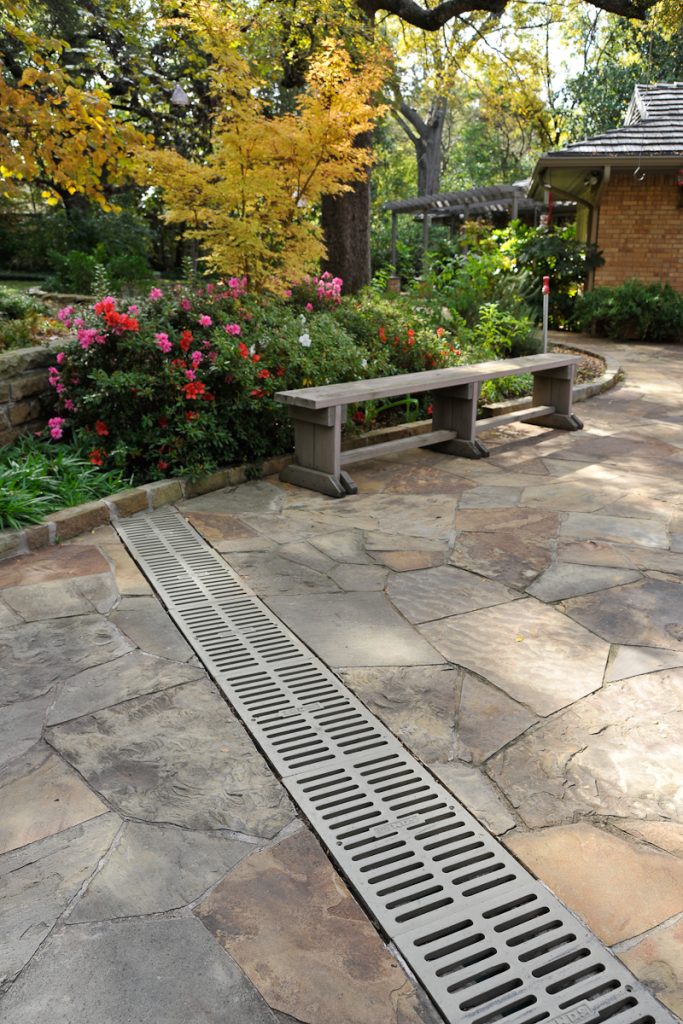
From here, it is then about grading or sloping the property as one possible way to tackle the problem. Alternative and well tested solutions use various drainage devices to move water either off the property or around it, so distribution is as even as possible.
Cost: On average, improving yard drainage will range in cost from $2,750 to $7,500 for a typical project. The higher price accounts for additional underground devices that may be used in the sloping. Much of the cost deals with labor to pay for someone to do the work that goes with grading and digging.
Pros: Less areas on your property that are swampy, reassurances that foundation will not be inundated with water, redistribution of water offers better growth within various regions of your land – such that gardens can be had where previously they may have been ruled out.
Cons: Very little curb appeal with this project, creates an additional area of ongoing maintenance though that ought to be offset by the fact that an original problem is no longer a factor.
Additional consideration: ROI is between negligible and non-existent for this project because you are fixing a flaw more than upgrading an existing an aspect of your property. The next buyer of your home expects drainage to be in working order.
2. Installing a Sprinkler System
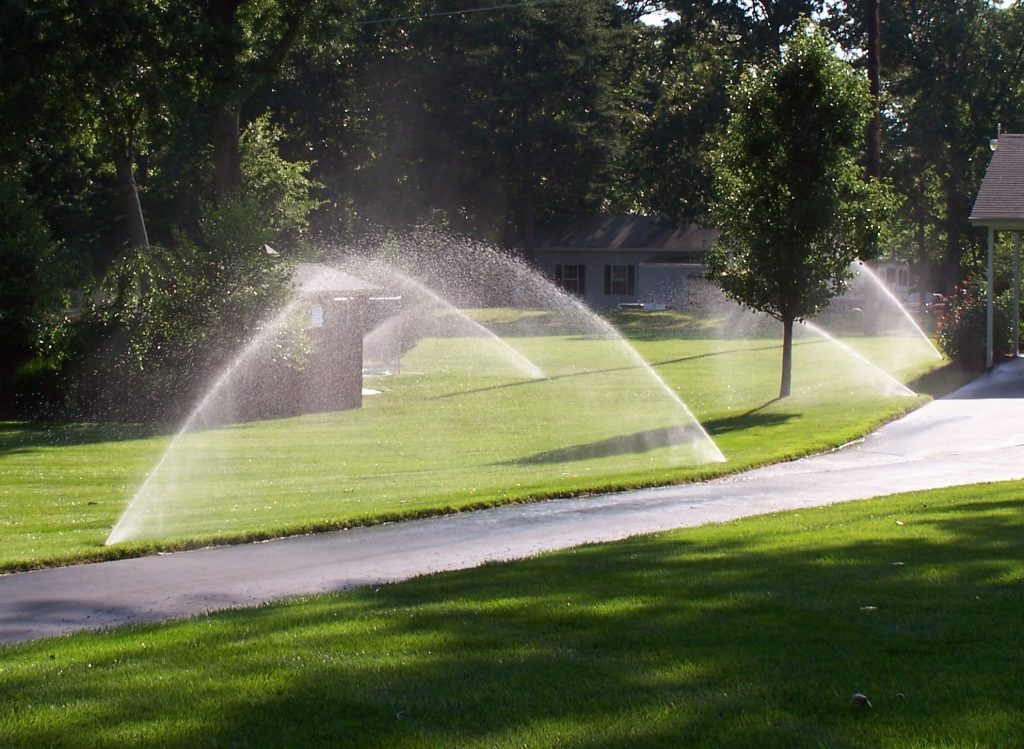 via TriState Water Works
via TriState Water Works
The first project was about removing or redirecting water from your property, this one is about adding it for irrigation purposes. Gotta love the irony. A sprinkler system though seeks to effectively distribute water in an even fashion and remain unnoticeable when not in use.
Positioning sprinkler heads, digging trenches for underground pipes or hoses, and maintaining turf integrity are all tasks best left to a landscaping professional.
While you can certainly save on professional labor costs, the potential to do things incorrectly or worse, damage your property outweighs the costs that it takes to hire and pay for a landscaping crew to do this job.
Cost: Prices for fully installed sprinkler systems range from $2,500 to $5,500. The size of your property, labor for digging up and later restoring those areas, along with quality of the system account for most of the cost.
Pros: The return on investment for this project isn’t best measured in monetary value. It’s a hidden improvement that has little curb appeal other than a well irrigated yard.
But the return is still significant. Coupled with a yard drainage system, your yard will flourish for a long time to come and will no longer require you to lug a hose around spending 20 minutes daily on manual irrigation.
Cons: It’s expensive when compared to the desire some get from spending 20 minutes daily on manual irrigation. Plus, if something in the system is not working properly, it can be challenging to determine the problem or expensive to fix it.
3. Installing a Deck or Patio
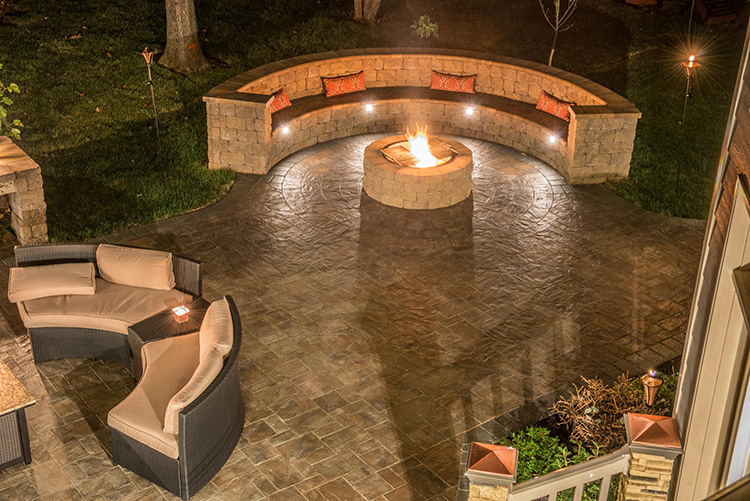
Now, let’s go above the ground. In many home exterior projects, a site plan is helpful and a building permit is necessary (with the site plan often being a pre-requisite). For a deck or patio installation this is often the case.
Variations in layout and designs are plentiful. The resulting space may be attached to the house or detached. It may be enclosed by a fence, covered via a Pergola, and/or include an exterior kitchen.
Consideration of materials is a significant factor and will drive costs. Both projects benefit significantly from professional installation. The primary differences between the two are the materials.
Decks tend to use wood or composite material for the deck surface. Patios tend to use stone or gravel. The other difference is decks are usually raised higher off the ground and will therefore have steps in one or more spots that descend to the ground level.
The great news is once this spring project is completed, you’ll have a livable space for the whole summer.
Cost and ROI: On average, a new deck will cost between $7,500 to $22,750 to install. The overall size will impact the final price, but typically most decks are 200 to 500 sq. ft.
Materials will determine the price per sq. ft., but you can plan to spend $25.00 to $45.50 per sq. ft. for a pressure treated wood deck. This price includes a site plan, building permits, professional installation, and warranty.
Patios are much less expensive, ranging from $1,500 to $7,500 per completed project, on average. Patios also require less maintenance. A gravel patio can easily be had for well under $1,500, while flagstone is the premium material, costing $10.50+ per sq. ft. installed.
With both projects, you can plan on additional costs as you’re probably going to have furniture, throw rugs and other accessories such as an outdoor fire chimney as part of the decor. The more you add to it, the more it feels like an extension of your interior living space.
ROI is fairly substantial for both projects. Patios will generally return 55% of the costs and may go much higher if using quality material plus designed supremely well.
Decks will return at a rate of 80% or higher, with quality design being a key factor. On our list of ten items, decks would surely be in the top 5 in terms of ROI.
Pros: an additional living space, viable ROI, and opportunity to blend interior accommodations with your properties landscape.
Cons: not a space that is usually used year-round, has very little curb appeal, repairs and maintenance can add to initial investment.
Read more





